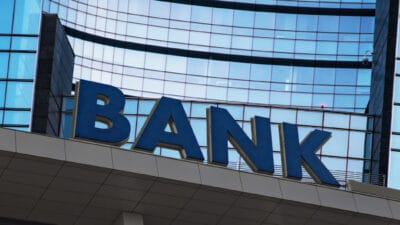The Westpac Banking Corp (ASX: WBC) share price has spent the last six months slowly but surely inching higher and is currently trading for around $28.41 at the time of writing. Westpac shares are now up over 17% since Christmas last year – boosted by the near-10% jump after the Coalition's surprise election win in May, but are still a long way from the all-time high of nearly $40 a share Westpac hit in April 2015.
So are Westpac shares a buy at these levels? Or is Westpac's 6.6% dividend a yield trap?
A closer look at Westpac
Founded way back in 1817 as the Bank of New South Wales, Westpac is one of the oldest companies on the S&P/ASX 200 (INDEXASX: XJO) index and has been paying a dividend since 1983. Westpac's current yield is sitting at 94 cents per share paid twice a year (fully franked), where it has been since 2015. Westpac most recently went ex-dividend on 16 May and will pay out said dividend on 24 June (next Monday). This translates to a grossed-up yield of 9.4%, which is one of the highest on the ASX and only behind National Australia Bank Ltd. (ASX: NAB) out of the 'Big Four' banks.
Of the just over $8 billion of earnings that Westpac banked (forgive me) in the 2018 financial year, $3.14 billion came from retail banking (mostly mortgages, personal loans and credit cards), $2.16 billion came from business banking and $1.1 billion came from institutional banking. The remaining $1.6 billion hails from Westpac's BT financial planning business as well as the bank's New Zealand operations.
As you can see, Westpac is heavily exposed to the retail banking sector over business and commercial banking. The largest threat to Westpac's future earnings remains the Australian housing market – a prolonged slump in Australia's housing market will hurt profitability hard, as retail banking is closely entwined with property prices and consumer confidence.
Is the Westpac dividend sustainable?
On last years financials, the 6.6% dividend represents a payout ratio of 81% of profits, which is reasonably high and doesn't leave a lot of wriggle room – especially after the compensation necessary after the fallout from the Royal Commission last year. Westpac CEO Brian Hartzer is pushing ahead with a $400 million savings program, which will help ease the pressure and at least buy the Westpac dividend some time.
Foolish takeaway
I would not expect any rises from the 94 cents per share level anytime soon and Westpac will likely have to follow NAB and cut its dividend if any adversity arises in the economy or property market. Still, Westpac shares will pay you a lot more than one of Westpac's term deposits. For income investors, Westpac is still a good option, but I still wouldn't be allocating it a huge chunk of my portfolio.








